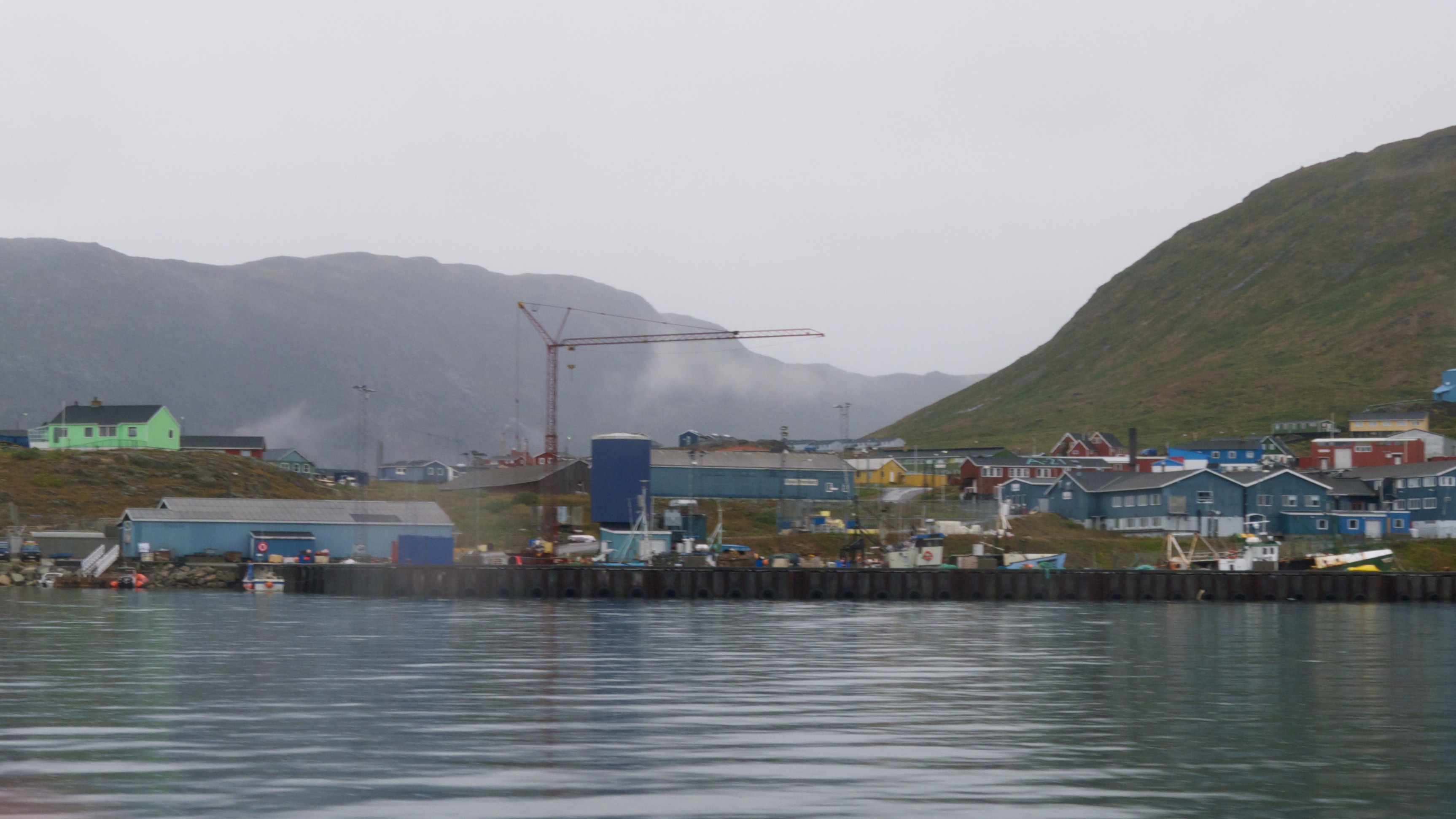Information, identity are keys to driving Arctic investment
Arctic stakeholders need to unite to brand the region as a place for investment—and to provide the information potential investors need—said a panel of experts debating the topic at Arctic Frontiers 2018.

Better knowledge about the Arctic and a stronger regional identity are both crucial to attracting more investment to the region.
That was the consensus of a panel of economic experts discussing the subject during the Arctic Frontiers conference in Tromsø, Norway on Tuesday—and was also reflected in a multi-part report released separately by the Arctic Economic Council earlier the same day.
Both perceptions about the Arctic and the realities of doing business there can be disincentives to investment, the panel agreed.
For example, uncertainties about the region can make insurers reluctant to underwrite big projects there, said Michael Kingston, a maritime lawyer. Insurers prefer to back familiar ventures, Kingston said, and need to be certain that projects in an unfamiliar context, such as the Arctic, can be done safely.
Robert Sauvé, president and CEO of Quebec’s Société du Plan Nord said that also applied directly to investors.
“The more the investors are reassured, the more the investors are going to go to the project,” Sauvé said.
Arctic stakeholders seeking to jumpstart investment should “work together to give a clear framework as to how the operations are going to take place,” Kingston said after the panel. That doesn’t necessarily mean new regulations, he added—a voluntarily accepted set of industry-wide best practices can also give investors certainty.
But before such standards can emerge, significant gaps in available information—things like inadequate weather or sea ice forecasts or missing hydrographical data—will need to be closed.

A unified effort to “brand the Arctic as a potential area of investment,” can also help close that information gap, said Anu Fredrikson, director of the Arctic Economic Council. That means collaborative approaches, such as Visit Arctic Europe, a joint tourism effort by the northern regions in of Norway, Sweden and Finland that aims to attract more visitors to a larger region, rather than competing for them.
That has proved to be effective, Fredrikson said, and the approach could be scaled up to the region as a whole.
A key ingredient in encouraging such collaboration is a push toward a free-trade regime in the region, though Fredrikson acknowledged that “in the current climate, we should think of small steps.”
Free trade is important in part because of the region’s size. “We’re a small market first and foremost, so we need openness,” she said. “We need links to global markets.”
It’s also part of the solution to alleviating those same fears investors and insurers have about safely operating in the Arctic. The open flow of information—and particularly of technology—makes development in the region safer and more sustainable, said Fredrikson.
An AEC report, compiled together with the Nordic Council of Ministers, and released on Tuesday during Arctic Frontiers, is intended in part to fill in some of the region’s information gaps.
“The report is intended to serve as a guideline: what works in terms of facilitating business development in the Arctic?” Tero Vauraste, the AEC’s chair, said in a press release accompanying the report.
Released in four parts—Bioeconomy, Creative and Cultural Industries, Entrepreneurship and Innovation, and Public-Private Partnership—the report collectively aims to present the region, and the knowledge about it, to would-be investors and other Arctic stakeholders.